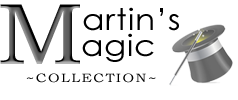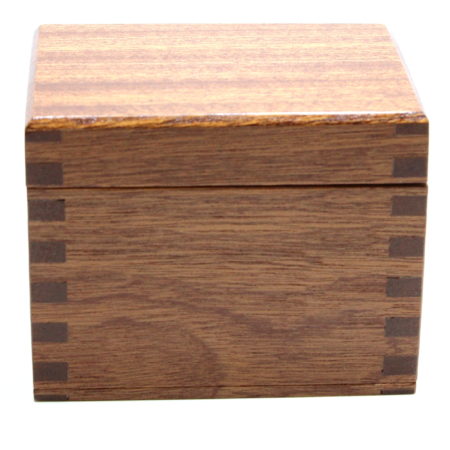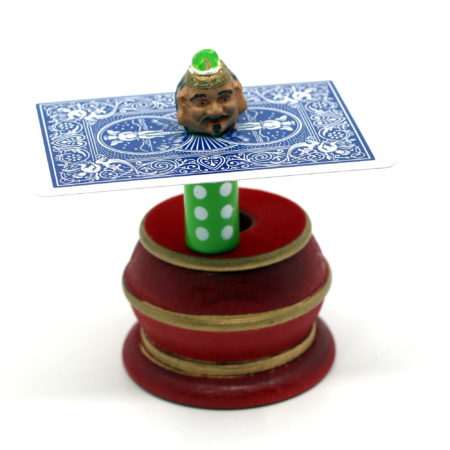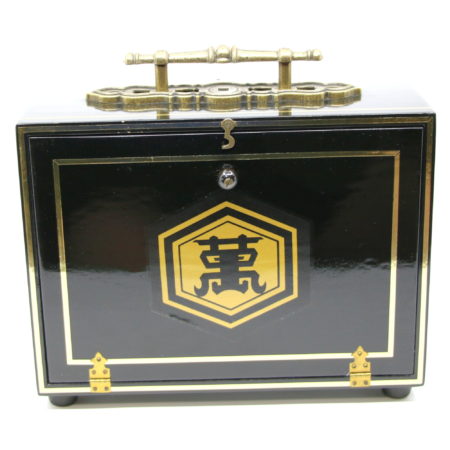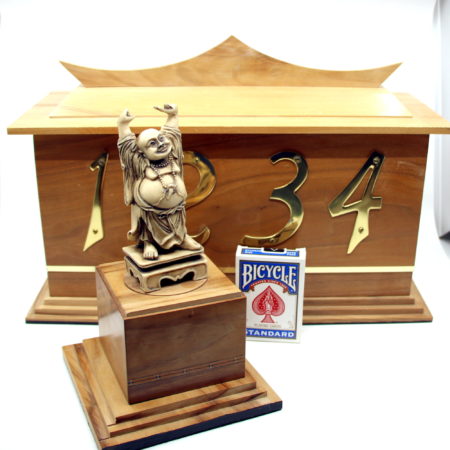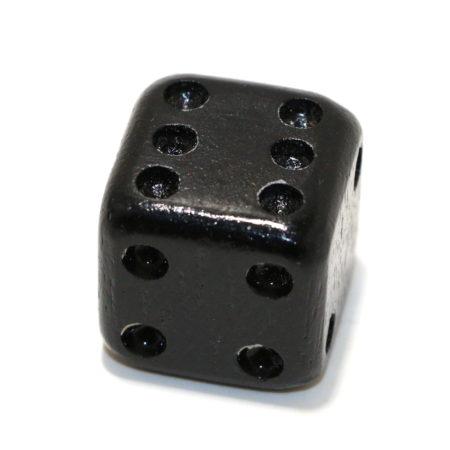
One of my favorite effects as a teenager! I remember being blown away by this after I received it from Ron MacMillan’s International Unique Magic Studio. This of course is better known as Lubor Fiedler’s Dice Shocker (or sometimes: Shock Dice, Shock Die), it is a true beauty and very startling to watch.
It was sold by Supreme c. 1969 and Tannen’s c. 1970 and they were purchasing directly from Lubor Fielder in Austria. It is not the same as Lubor Wurfel or Lubor Die which is another name for Gozinta Die or Boxes. The original versions from Lubor were much nicer. I saw a later version from Tannen’s recently and it was nothing like this quality.
Click here for more information.
